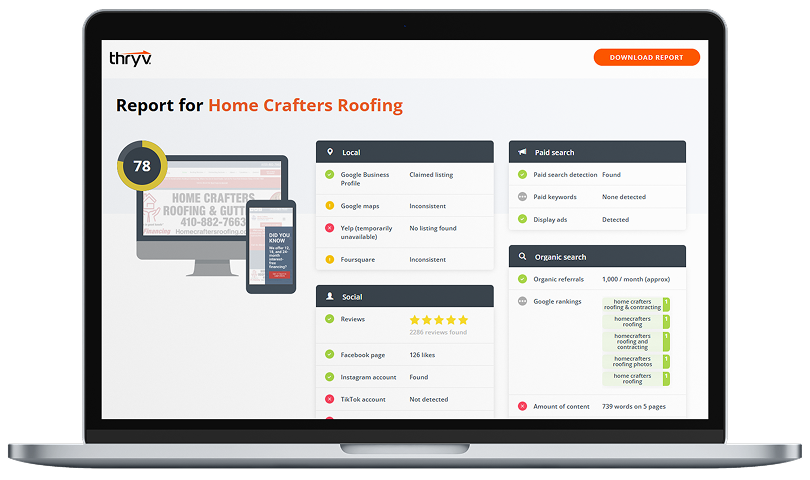A social enterprise is a business, organization, or venture whose aim is to generate profit while also achieving a social or environmental mission. While many commercial businesses claim to have social aims, social enterprises stand apart since their mission is centered on their social purpose.
Some popular social enterprises include Newman’s Own, Ben and Jerry’s, and TOMS Shoes, which continues its mission of supplying one pair of shoes to a child in need for each pair of shoes purchased.
How are social enterprises different from other business ventures?
Social enterprises generate profit, much like other businesses, yet their aim is to further their social or environmental goals. There is no formal definition of a social enterprise, making the boundaries of separation a bit blurry. While the aim may involve charitable contributions or socially conscious work, a social enterprise does not have to be limited to non-profit status.
In fact, how you structure your business is irrelevant to whether your company is a social enterprise or not and there is no formula for what percentage of your company’s profits must be earned. What makes a company a part of the social enterprise movement is its aim to make the world a better place in some way.
Nonprofits often rely on private contributions and fundraising to generate enough revenue to accomplish their goals, whereas a social enterprise sells products or services to create a more reliable and consistent form of income.
Increasing Funds For Nonprofits
While a social enterprise does not have to be structured as a nonprofit, nonprofits are embracing the social enterprise model to increase revenue. Using business-sector models and disciplines gives nonprofits the structure they need to meet financial goals that will help them meet their mission. Nonprofit executives are recognizing that social entrepreneurship helps them employ new financial and marketing models that work more effectively than the nonprofit models of the past.
Social entrepreneurship can help nonprofits:
- Increase efficiency
- Commit to financial planning
- Develop a solid business model
- Become a strategic player
- Consider their competition and potential collaborators
- Target new earned income opportunities that are in line with their mission
- Market their mission to attract a large target audience
The Double Bottom Line
The term double bottom line is often used in conjunction with social enterprise. It is the idea that a business can provide both financial stability and a means to achieve their mission. Some businesses that call themselves social enterprises have taken this idea a step further to add that they have a triple bottom line. Companies like Better World Books, which collect and sell used books, use their profits to support literacy programs and also cut down waste by vowing to recycle any books they are not able to sell in the online marketplace.
If you are a nonprofit seeking a way to break from the dependence on charitable contributions or an individual dedicated to creating social change, consider starting a social enterprise.


